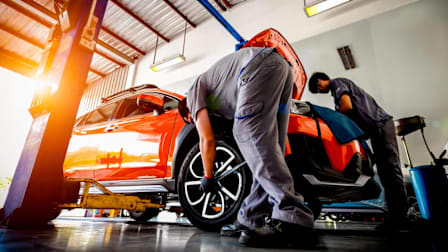Should You Warm Up Your Car Before Driving?
A CR expert explains why letting your car idle might not be the hottest idea

It’s easy to understand the appeal of getting into a warm car when the temperature drops. Some drivers are also convinced that letting a car warm up before driving is better for the engine. But is it really a good idea?
Consumer Reports’ chief mechanic, John Ibbotson, says that giving the engine a chance to run for a minute before driving on a cold day is smart, but that there’s no need to let it run longer beyond warming the cabin and defogging the windshield. And there’s a real downside: wasting fuel and generating emissions.
Best Auto Products of the Year
Car Batteries • Car Tires • SUV and Truck Tires • Winter/Snow Tires • Infant Car Seats
Some drivers prefer to let the engine idle for 20 minutes or longer to get everything—including the cabin—really warm. But the fastest way to warm up an engine is by driving. Just remember not to rev the engine hard for the first few minutes. Wait until you see the temperature gauge move off the cold reading.
More Car Questions Answered
• Should You Top Off Your Car’s Gas Tank?
• Do New Cars Still Require a Break-In Period?
• What’s the Fastest Way to Defog Car Windows?
• What Is a Reasonable Life Span for a Modern Car?
• What Happens If You Turn Off Your Car While Driving?
• What Happens When You Pull an Electric Parking Brake While Driving?
Editor’s Note: This article has been adapted from an episode of Talking Cars.



















